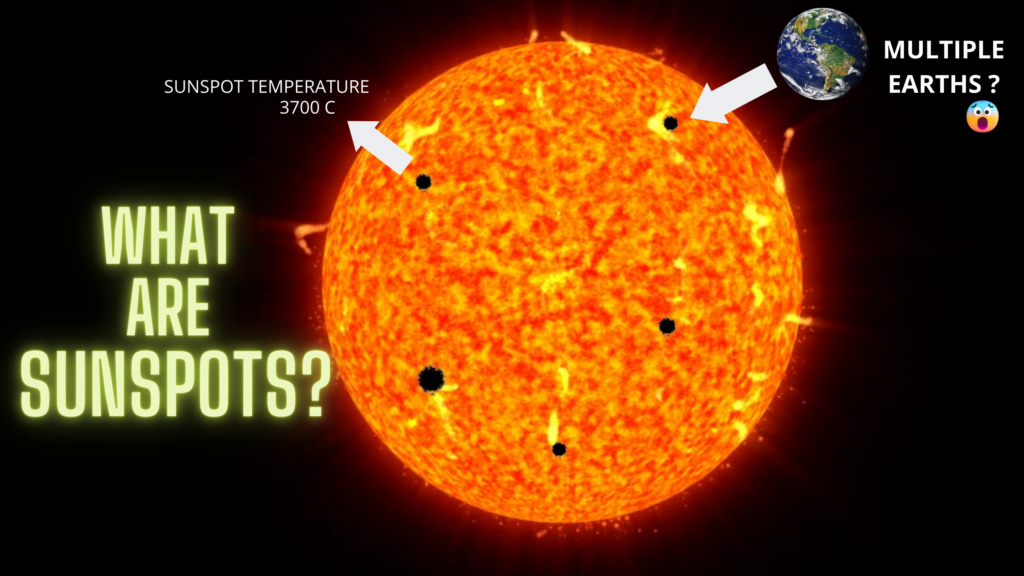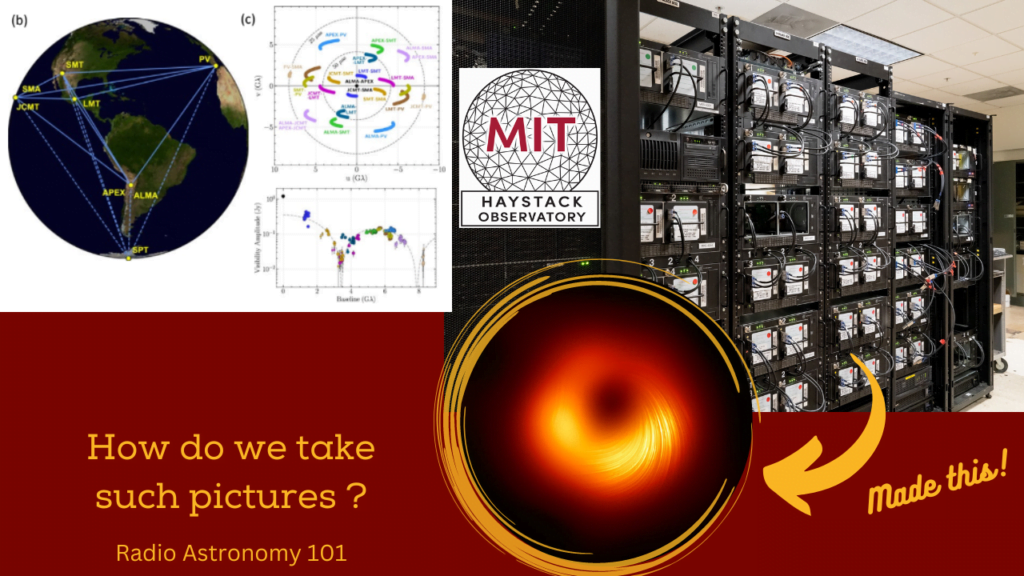Python has become one of the most popular programming languages in astronomy, due to its versatility, ease of use, and the large number of libraries available for scientific computing. Python has revolutionized astronomy research by providing astronomers with powerful tools for data analysis, simulations, and visualization. In this article, we will explore how Python coding is used in astronomy and its impact on the field.
Data analysis
Python is widely used in astronomy for data analysis, as it allows for the efficient handling and processing of large datasets. Astronomers collect vast amounts of data from telescopes, satellites, and other instruments, and this data needs to be processed and analyzed to extract meaningful information. Python provides an extensive library of data analysis tools, including NumPy, SciPy, and Pandas, which allow astronomers to perform complex calculations and manipulate data in various ways.
One of the main applications of Python in data analysis is the analysis of spectra. Spectra are essential tools for astronomers, as they allow them to study the chemical composition, temperature, and velocity of celestial objects. Python provides libraries, such as SpectraTools, that enable astronomers to analyze spectra efficiently, extract useful information, and visualize results.
Python is also used to analyze large surveys of astronomical objects, such as the Sloan Digital Sky Survey (SDSS), which has cataloged millions of galaxies and quasars. Python allows astronomers to search and extract data from these surveys quickly, perform statistical analyses, and make predictions based on the data.
Simulations
Python is widely used in astronomy for simulating various physical processes that cannot be observed directly. Simulations allow astronomers to study the behavior of celestial objects and predict their properties under different conditions. Python provides libraries such as Astropy, which enables astronomers to develop customized simulations for a variety of astronomical phenomena.
One of the main applications of Python in simulations is the study of galaxy formation and evolution. Galaxies are complex systems that form through the interaction of dark matter, gas, and stars. Python allows astronomers to simulate the behavior of these components, study their interactions, and predict the distribution and properties of galaxies in the universe.
Python is also used for simulating the behavior of black holes, which are some of the most mysterious and fascinating objects in the universe. Python allows astronomers to simulate the gravitational waves produced by black hole mergers, study their properties, and predict their behavior under different conditions.
Visualization
Python provides powerful tools for visualizing data, which is essential for astronomers to understand complex phenomena and communicate their results effectively. Python’s visualization libraries, such as Matplotlib and Seaborn, allow astronomers to create high-quality plots, charts, and images that can be used in research papers and presentations.
One of the main applications of Python in visualization is the creation of 3D models of celestial objects. Python allows astronomers to create detailed 3D models of galaxies, stars, and planetary systems, which can be used to study their properties and behavior. These 3D models can also be used to create animations and visualizations that help to communicate complex astronomical concepts to the general public.
Machine learning
Python is widely used in astronomy for machine learning, which involves training computers to identify patterns and make predictions based on large datasets. Machine learning algorithms can be used to classify astronomical objects, such as stars and galaxies, based on their observed properties. Python provides libraries, such as Scikit-Learn and Keras, which allow astronomers to develop and train machine learning models efficiently.
One of the main applications of machine learning in astronomy is the identification of exoplanets. Exoplanets are planets that orbit stars outside of our solar system, and they are challenging to detect due to their small size and distance from Earth. Machine learning algorithms can be used to analyze large datasets of stellar light curves, identify signals that indicate the presence of exoplanets.

